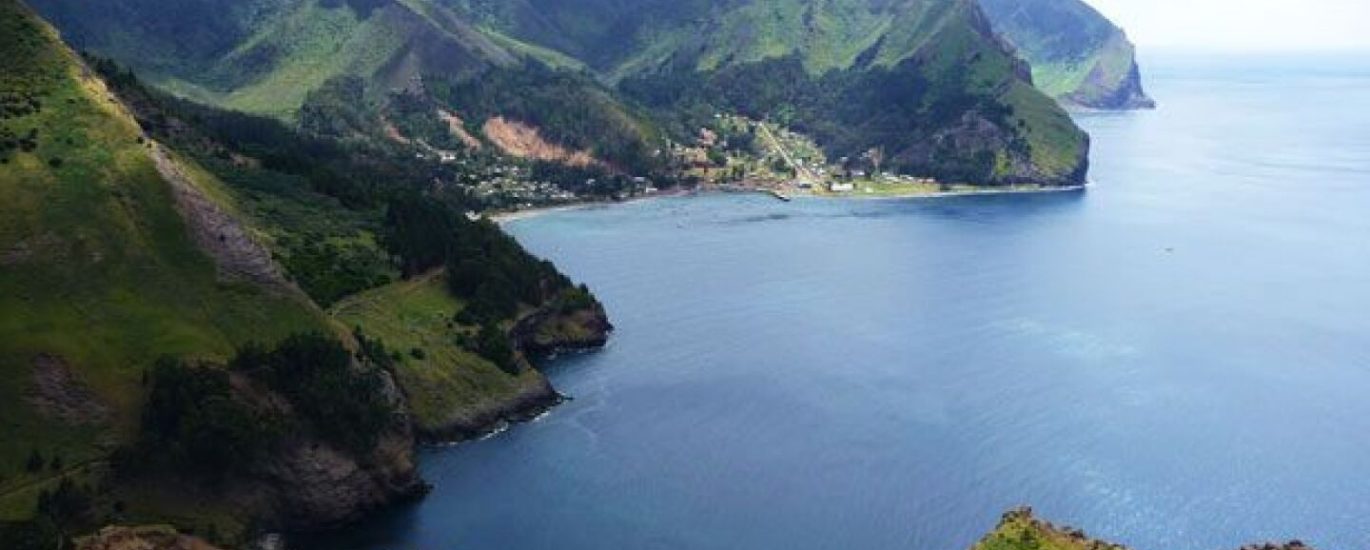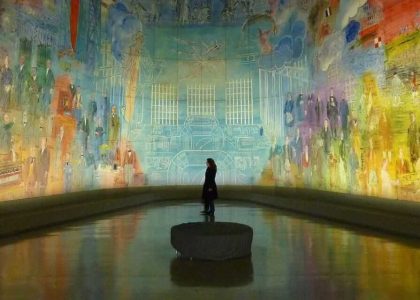Introduction
Dreams of becoming a modern-day Robinson Crusoe on a remote island have captivated many. Despite the ease of travel to almost any corner of the globe today, there still exist secluded havens, including the actual island that inspired Daniel Defoe’s famous novel. This gem lies in the midst of the Pacific Ocean, nearly 700 kilometers off the coast of Chile. Originally named Más a Tierra, it was renamed Robinson Crusoe Island in homage to the literary classic. The journey to this distant paradise remains an adventure reserved for the intrepid few.
Historical Significance
The history of the Juan Fernández Archipelago is steeped in tales of adventurers, pirates, and castaways. It was stumbled upon by chance, a stroke of misfortune, or as a refuge from the outside world. Three notable shipwrecks mark its past: the Spanish sailor Juan Fernández, the Scottish privateer Alexander Selkirk, and the fictional character who inspired Selkirk, Robinson Crusoe.
Juan Fernández, a sailor from Cartagena, found himself marooned on these islands in November 1574 after losing his course between the ports of Callao (Peru) and Valparaíso (Chile). His accidental discovery led to the islands bearing his name. Over the centuries, they became a popular stopover for ships navigating the Humboldt Current. Pirates, passing sailors, and seal hunters sought refuge in the sheltered bays, engaging in activities like hunting wild goats and cultivating gardens for future visits.
Alexander Selkirk’s saga remains one of the most famous tales of survival. After a dispute with the captain of a privateer vessel roaming the Pacific in the early 18th century, Selkirk requested to be abandoned on Más a Tierra Island (later renamed Robinson Crusoe Island). There, he endured four years and four months before being rescued. Unlike many castaways who perished from starvation or despair, Selkirk thrived in his newfound home, surviving on wild goats left by passing Spanish ships. His resilience and adaptation to isolation would later inspire Daniel Defoe’s masterpiece.
Modern Exploration
Today, the Juan Fernández Archipelago, comprising Robinson Crusoe Island, Alexander Selkirk Island (formerly Más Afuera), and Santa Clara Island, holds UNESCO Biosphere Reserve status. While Robinson Crusoe Island sees modest tourism, its counterparts receive fewer visitors.
Exploring Robinson Crusoe Island is an adventure in itself. Access is limited, and reaching it requires patience and a bit of luck. Two options exist: small aircraft flights from Santiago or a weekly three-day sea voyage from Valparaíso. Regardless of the mode of transport, flexibility is essential, as departures depend on weather conditions.
Island Attractions and Activities
Once on the island, visitors can immerse themselves in its natural wonders. San Juan Bautista, the only inhabited town, offers a glimpse into local life with its sleepy ambiance and rugged charm. Activities range from fishing and hiking to boat tours and, notably, diving expeditions.
The island’s landmarks include the historic Santa Bárbara Fort, built by the Spanish to deter pirate raids, and the breathtaking Selkirk Viewpoint, offering panoramic vistas of the island. Adventurous trekkers can explore the Cueva de los Patriotas, which provided shelter to Chilean patriots exiled during the colonial era.
Ecological Marvels
Nature enthusiasts will marvel at the island’s diverse flora and fauna, with numerous endemic species thriving in its unique ecosystem. Guided tours ensure responsible exploration, allowing visitors to witness rare plant species and the native Juan Fernández hummingbird.
Marine activities abound, with snorkeling and diving opportunities revealing a vibrant underwater world teeming with marine life. Encounters with playful Juan Fernández fur seals are a highlight of any aquatic excursion.
Robinson Crusoe Island: The Ultimate Slow Travel Destination
With its small population and limited infrastructure, Robinson Crusoe Island offers a retreat from the modern world. Accommodations range from cozy lodges to rustic cabins, each offering a glimpse into island life.
Culinary experiences are modest but memorable, featuring locally sourced ingredients and fresh seafood. Visitors can savor homemade delicacies at family-owned restaurants or indulge in vegan fare prepared by local chefs.
Exploring Alexander Selkirk Island
For those seeking a more secluded retreat, Alexander Selkirk Island beckons. Accessible only by sea, it offers a rugged landscape and a glimpse into the daily lives of its few inhabitants. Camping under the stars is a popular option for intrepid travelers seeking solitude.
Practical Considerations
Before embarking on a Robinson Crusoe adventure, travelers should prepare for limited amenities. Cash is king, as ATMs and credit card facilities are scarce. Souvenir options are minimal, though visitors can commission personalized mementos crafted by local artisans.
Conclusion
In a world increasingly connected, the allure of remote islands like Robinson Crusoe persists. From its storied past to its untouched landscapes, the Juan Fernández Archipelago invites travelers to embark on a journey of discovery and introspection. Whether diving into its azure waters or hiking through its lush forests, every moment on these islands is a testament to the enduring spirit of exploration. As the sun sets over the Pacific horizon, one can’t help but feel a sense of reverence for this pristine paradise and the adventurers who came before.


